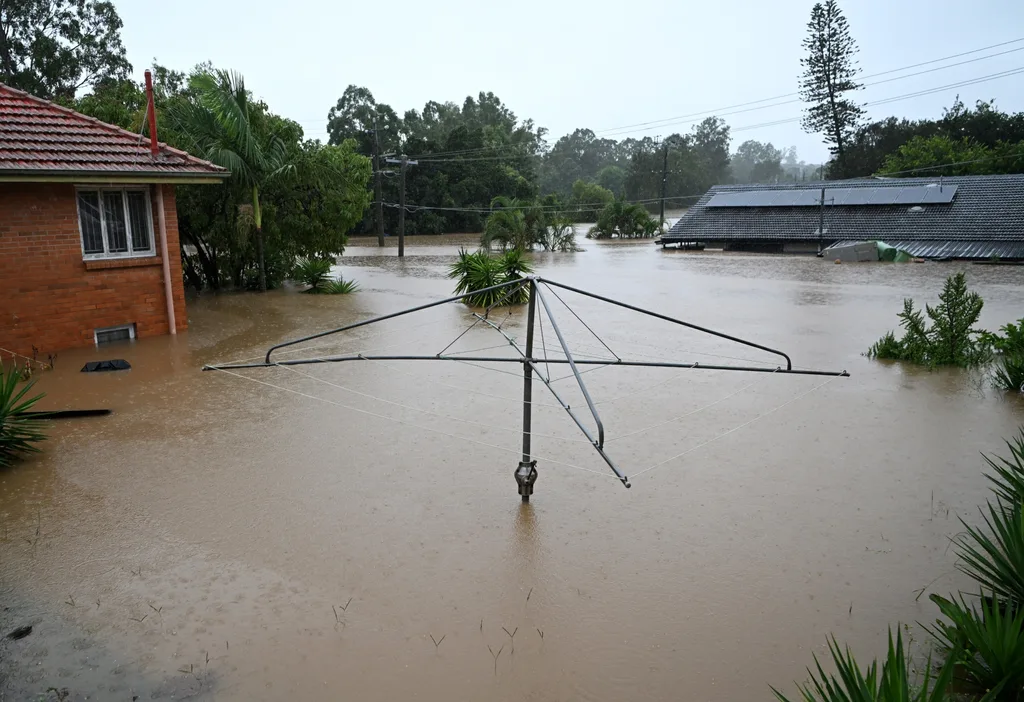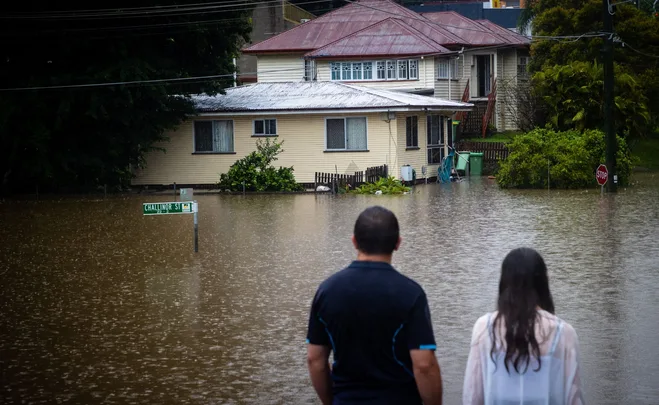Queensland and New South Wales have experienced one of the worst weather events in history, with “rain bomb” flooding in late February and early March leaving 17 people dead and thousands of Australians displaced with their homes destroyed.
In Queensland, areas including Brisbane and Gympie in the South-East saw the worst of the weather emergency. On one of its worst nights, more than 2,000 people requested assistance from emergency services in the South-East, with 113 water rescues taking place around the Brisbane.
In New South Wales, Lismore, Ballina and towns across the Northern Rivers have also faced catastrophic and deadly flooding conditions as the downpour moved south. Over 48 hours, SES volunteers on the ground rescued more than 1000 people who were stuck in their homes as water levels rose.
Now, residents in affected areas are dealing with major damage to infrastructure, as well as the loss of their homes, belongings, and for some, their livelihoods.
Queensland State Disaster Coordinator Steve Gollschewski declared Gympie and Brisbane disaster zones and says that the conditions there remain “very dangerous”.
Meanwhile NSW Premier Dominic Perrotett is urged residents from the Northern Rivers to Sydney to be prepared for more deluge.
“Have an emergency services kit prepared with your medications, with your important documents, your laptop computers, mobile phones and chargers, so we can as best as possible keep track of where you are, that you can contact us if you need to, but more importantly, that you can be prepared to evacuate should the need arise,” he said last week.

And now, even as the catastrophic rain begins to wear off in those affected areas, it’s a desparate situation, and people in the areas affected desperately need help—now, and in the difficult weeks to come.
As Brisbane’s Lord Mayor put it: “The rain has stopped now, but we’re certainly not out of the woods yet.”
If you have been affected by the horrific floods in Queensland or New South Wales, read on for ways you can get help.

Immediate assistance
The Queensland and New South Wales State Emergency Services are currently answering to call outs across the state with thousands of volunteers working hard to assist people as quickly as possible.
If you need immediate help in Queensland or Northern New South Wales, call the SES on 132 500 for non-life threatening flood and storm emergency assistance.
If the situation is life threatening, always call Triple Zero (000).
Financial assistance
Queensland
Disaster assistance is available for 10 council areas in Queensland’s South-East including the Fraser Coast, Gold Coast, Gympie, Ipswich, Lockyer Valley, Logan, Noosa, North Burnett, Sunshine Coast and Toowoomba LGAs. The aid will likely extend to other badly damaged areas.
Affected individuals can claim $1000 per adult and $400 per child. Employees who suffer a loss of income as a direct result of the disaster could be eligible for 13-weeks payment.
You can claim this online via MyGov after linking a CentreLink account. For more information about the support package and how to apply for it, click here.
Disaster victims could also claim an extra hardship grant of $180 per person, and up to $900 per family. Click here for more information about the package and applying for it.
New South Wales
The New South Wales government has announced that people across a number of areas north of the state, including Lismore, Byron, Ballina, Richmond and Nambucca, are eligible for the disaster relief grant (see the full list of areas where residents are eligible here).
The grant allows $1,000 per eligible adult and $400 per eligible child if your home has been severely damaged or destroyed, or you’ve been seriously injured.
You can apply for the grant by calling NSW Govt on 13 77 88 and asking about the Disaster Relief Grant. All the steps and information about the process is here.

Mental health support
Being at the centre of a natural disaster can cause a huge amount of stress, and it’s understandable if you’re feeling anxious, lonely and distressed if you’ve been impacted by the floods. But help is here, and you can access it any time.
- Lifeline has a team of professional counsellors who can talk to you about your mental health concerns, or those you have for a loved one. You can call the 24/7 crisis support helpline on 13 11 14 or text or message them online here.
- Beyond Blue also provides a 24/7 counselling service over the phone, you can reach them at 1300 22 4636 or visit them online to direct message or email a counseller.
- Headspace also helps young Australians experiencing mental health concerns—call them on 1800 650 890 or contact them online here.
- Lifeline also has a Lifeline Community Recovery team who visit communities to provide counselling and psychological first-aid in the weeks and months after major weather events—more information is available here.
If you want to help people in the communities most affected by the floods, visit our explainer here to find out all the ways you can show your support.










